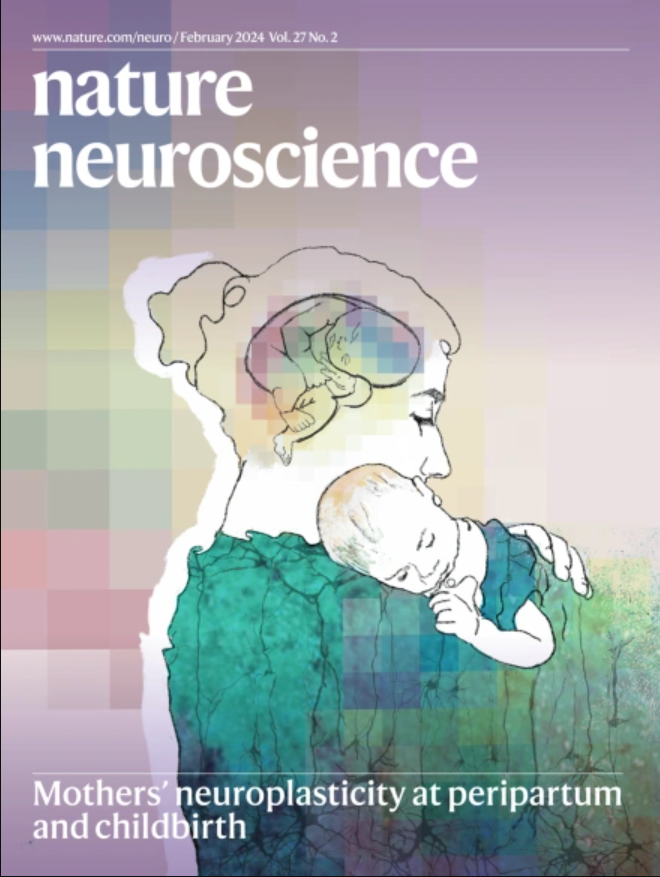A bottom-up septal inhibitory circuit mediates anticipatory control of drinking.
IF 20
1区 医学
Q1 NEUROSCIENCES
引用次数: 0
Abstract
Drinking behavior is not only homeostatically regulated but also rapidly adjusted before any changes in blood osmolality occur, known as anticipatory thirst satiation. Homeostatic and anticipatory signals converge in the subfornical organ (SFO); however, the neural pathways conveying peripheral information to the SFO before changes in blood composition are incompletely understood. Here we reveal an inhibitory pathway from the medial septum (MS) to the SFO that is involved in the control of anticipatory drinking behavior in mice. MS γ-aminobutyric acid (GABA)ergic neurons encode water-satiation signals by integrating cues from the oral cavity and tracking gastrointestinal signals. These neurons receive inputs from the parabrachial nucleus and relay to SFOCaMKII neurons, forming a bottom-up pathway with activity that prevents overhydration. Disruption of this circuit leads to excessive water intake and hyponatremia. Our findings reveal a septal pathway that integrates multiple layers of presystemic signals to fine-tune drinking behavior.自下而上的中隔抑制回路介导对饮酒的预期控制。
饮酒行为不仅受到体内平衡调节,而且在血液渗透压发生任何变化之前迅速调整,称为预期口渴。稳态和预期信号在皮层下器官(SFO)汇聚;然而,在血液成分发生变化之前,向SFO传递外周信息的神经通路尚不完全清楚。在这里,我们揭示了一条从内侧隔膜(MS)到SFO的抑制途径,该途径参与了小鼠预期饮酒行为的控制。MS γ-氨基丁酸(GABA)能神经元通过整合来自口腔的信号和跟踪胃肠道信号来编码水饱和信号。这些神经元接受来自臂旁核的输入,并传递给SFOCaMKII神经元,形成自下而上的通路,具有防止过度水化的活性。这种电路的破坏会导致过量的水摄入和低钠血症。我们的研究结果揭示了一个整合多层系统前信号来微调饮酒行为的间隔通路。
本文章由计算机程序翻译,如有差异,请以英文原文为准。
求助全文
约1分钟内获得全文
求助全文
来源期刊

Nature neuroscience
医学-神经科学
CiteScore
38.60
自引率
1.20%
发文量
212
审稿时长
1 months
期刊介绍:
Nature Neuroscience, a multidisciplinary journal, publishes papers of the utmost quality and significance across all realms of neuroscience. The editors welcome contributions spanning molecular, cellular, systems, and cognitive neuroscience, along with psychophysics, computational modeling, and nervous system disorders. While no area is off-limits, studies offering fundamental insights into nervous system function receive priority.
The journal offers high visibility to both readers and authors, fostering interdisciplinary communication and accessibility to a broad audience. It maintains high standards of copy editing and production, rigorous peer review, rapid publication, and operates independently from academic societies and other vested interests.
In addition to primary research, Nature Neuroscience features news and views, reviews, editorials, commentaries, perspectives, book reviews, and correspondence, aiming to serve as the voice of the global neuroscience community.
 求助内容:
求助内容: 应助结果提醒方式:
应助结果提醒方式:


